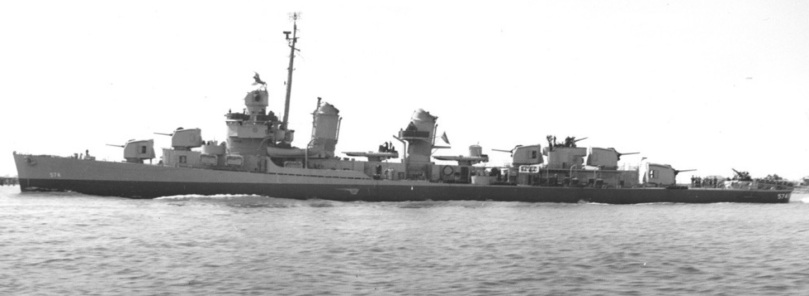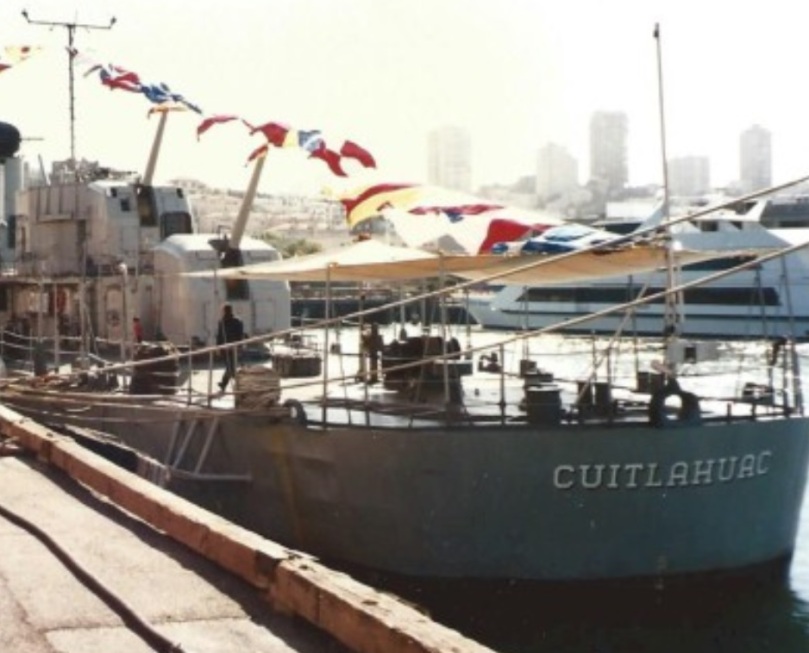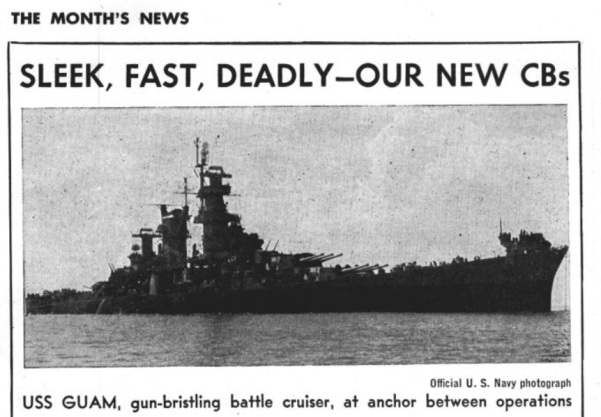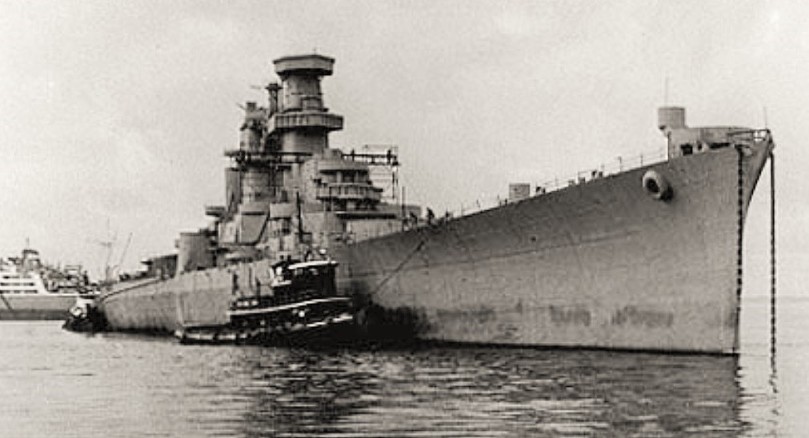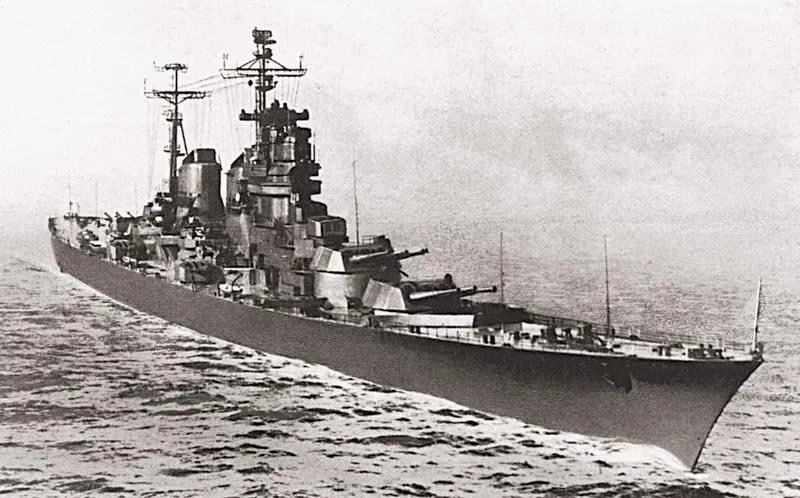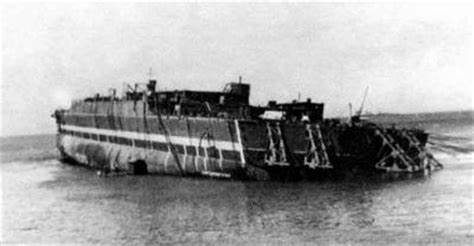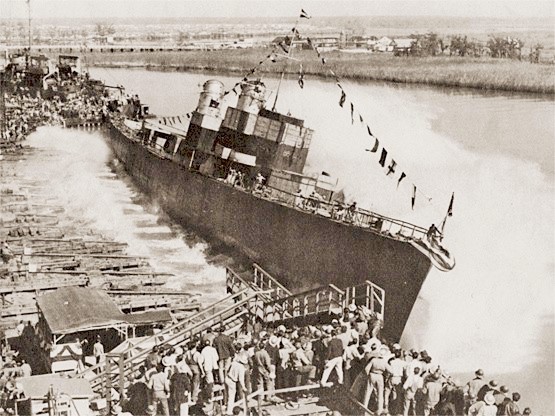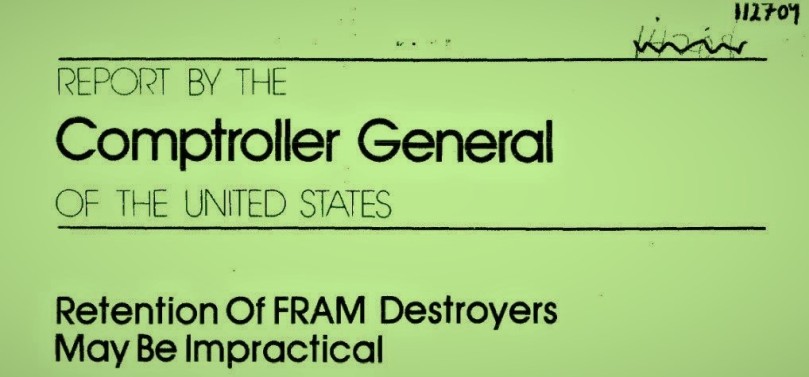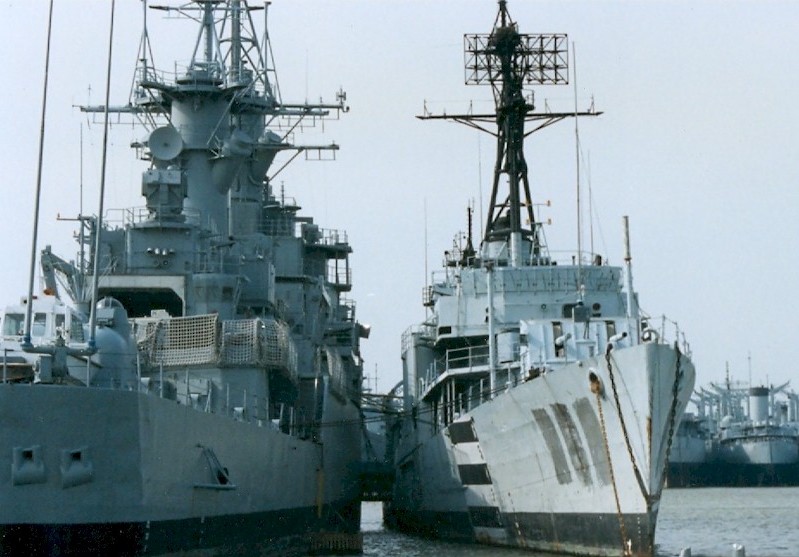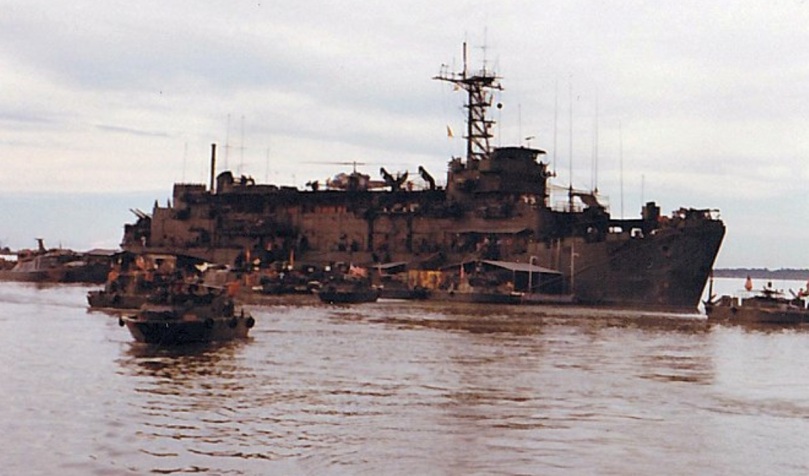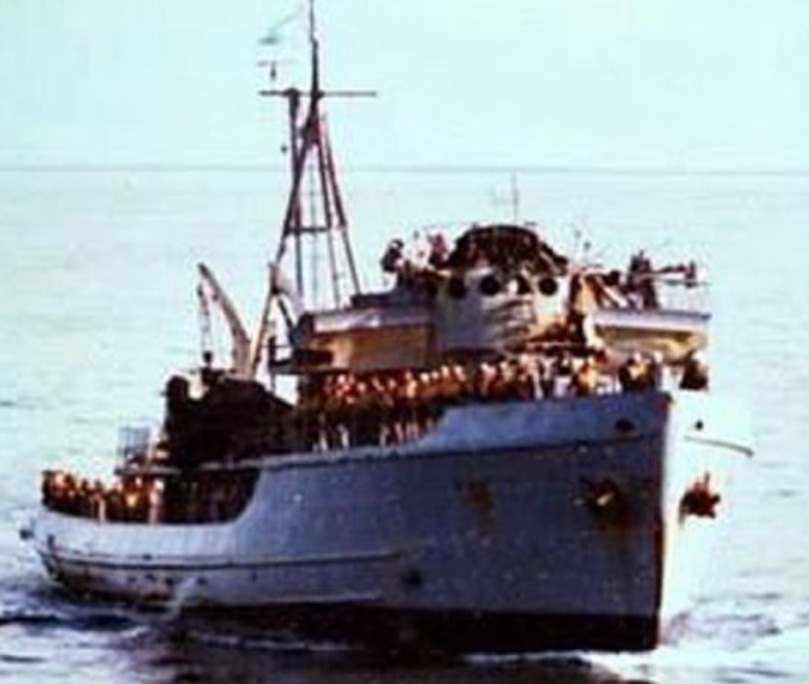The United States fielded many excellent warship designs during WWII: the Essex class aircraft carriers, the Iowa class battleships, the Sumner and Gearing classes of destroyer, and so on.
The Tacoma class patrol frigates were not in this category. Even before WWII ended the whole patrol frigate concept was viewed as a mistake within the US Navy.
Whatever their problems, these were still young warships when WWII ended in 1945. They were simple and inexpensive to operate. They were ideal for transfer to smaller navies friendly to the USA. One of these was Cuba, which received three.

(Máximo Gómez, formerly USS Grand Island (PF-14) of WWII.)
The final outcome of these transfers could not have been imagined in the early years after WWII, when the USA and Cuba had a strong defense partnership.

(Fidel Castro addresses the crew of one of his three Tacoma class frigates in August 1963, four years after seizing power in Cuba.) (photo via CubaHoy)

(Declassified in 2002, this CIA sitrep from the October 1962 Cuban Missile Crisis mentions two of Cuba’s Tacoma class ships.)
Read More »
